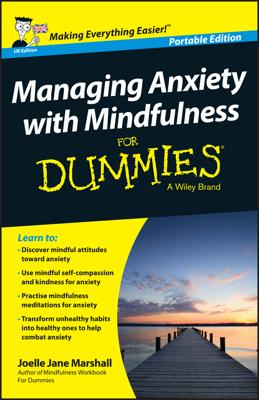The human brain is designed to remember things that go wrong rather than right. This is a survival mechanism and ensures that you don’t make the same mistake again and again, which may be life-threatening if you live out in the jungle and need to remember to avoid the tigers. If you don’t live in the jungle, focusing on the negative is a problem.
The antidote for the human brain’s tendency to look for what’s going wrong is gratitude. And gratitude has been found to be very effective.
Here’s how to write an effective gratitude journal:
-
Get a book or diary in which you can make a daily record.
As long as it has sufficient space for you to write three sentences every day, that’s fine.
-
Every evening, before you go to bed, write down three things that you’re grateful for.
Try to vary what you’re grateful for. Writing that you’re grateful for your cat, apartment and car every single day isn’t as effective as varying it unless you really mean it. You don’t have to choose huge things – anything small, even if you feel only slightly grateful about it, will do. Examples include having a partner, enjoying a conversation at work, a relaxing drive home, a roof over your head.
-
Notice what effect your gratitude diary has on the quality and quantity of your sleep and how you generally feel throughout the day.
By checking in on how you’re feeling and what effect the exercise is having, you’re able to fine tune it to work for you. Noticing the benefits of gratitude also helps to motivate your practice.
-
Continue to practice regularly if you find it beneficial.
After a while, gratitude will become a pleasant habit.
The gratitude visit is a very popular experiment among positive psychologists because it’s so powerful. Think of someone who made a big difference to your life who you haven’t properly thanked. Write a letter to express your gratitude to that person. If you can, arrange to visit and read the testimonial out to him.
Even three months later, people who express their gratitude in this way feel happier and less depressed. Add mindfulness to this exercise by simply being aware of your thoughts and feelings that arise as you do the exercise. See what happens.
